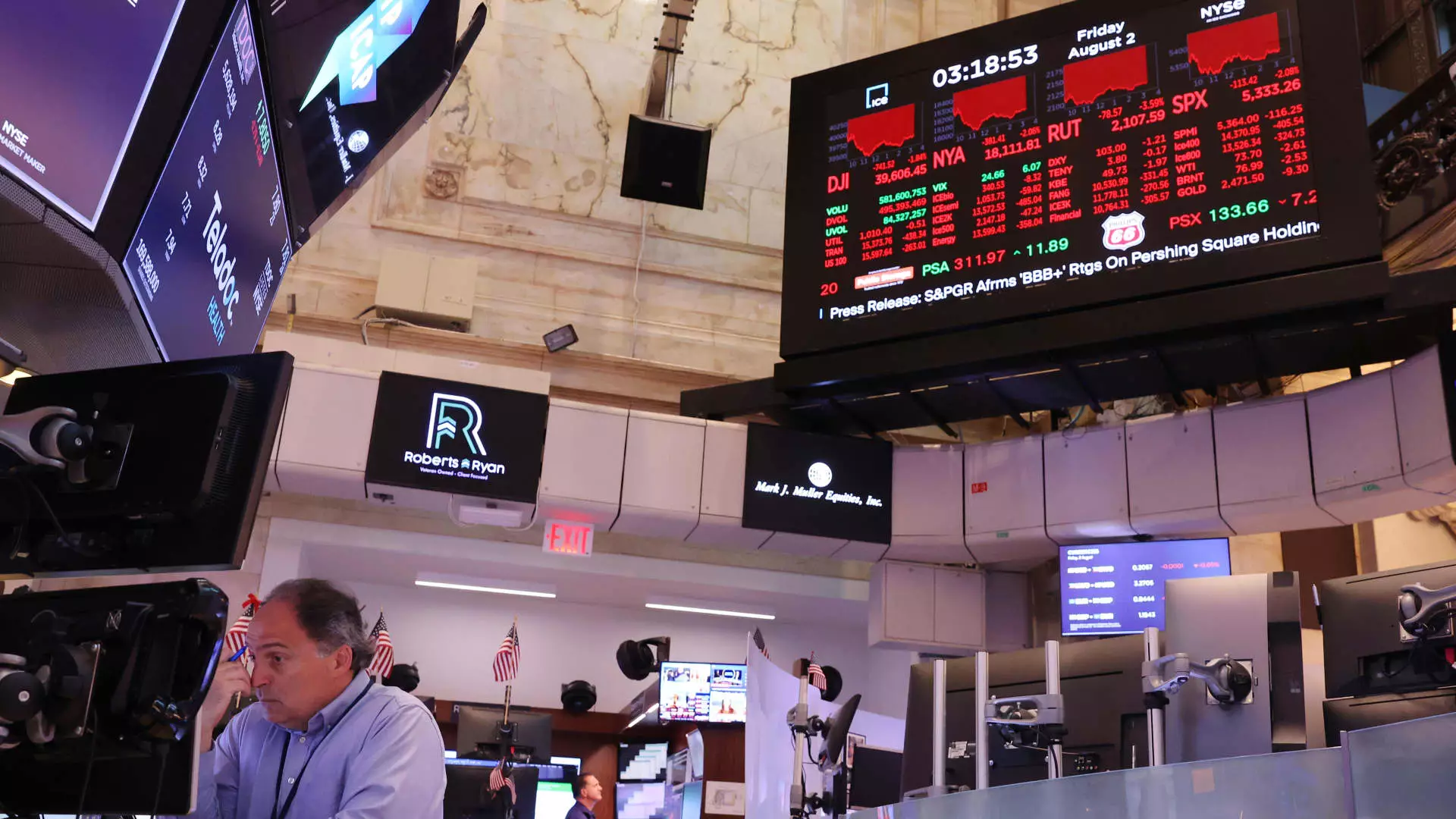A recent sharp selloff in the stock market has led to growing concerns about a potential recession. The S&P 500 index saw a significant 3% loss on Monday, the worst it has experienced in almost two years. Weaker-than-expected job data on Friday further fueled these fears, indicating that the U.S. economy may be on unstable ground. The possibility of a “hard landing” seemed more likely following a sharp increase in the U.S. unemployment rate. While economists believe the odds of a recession starting within the next year are still relatively low, the specter of an economic downturn looms large.
The Predicted Soft Landing
Despite the gloomy outlook, many economists still hold onto the hope of a soft landing for the economy. Mark Zandi, the chief economist at Moody’s, believes that the most likely scenario is an economic downturn being avoided. Similarly, Jay Bryson, the chief economist at Wells Fargo Economics, remains optimistic about a soft landing as his base case forecast. However, these predictions are not without their skeptics.
Reasons for Concern
Recession worries are not entirely unfounded, as signs of economic weakness continue to emerge. The recent rise in the national jobless rate, according to the Sahm rule, has triggered concerns about a looming recession. The rule suggests that the U.S. economy may already be in a recession based on historical data. Goldman Sachs has raised its recession forecast, indicating a higher likelihood of an economic downturn. Additionally, the chances of a recession starting over the next year are estimated to be higher than the historical norm.
Despite the concerns raised by the Sahm rule, some economists believe that it may not accurately predict a recession in the current economic cycle. The increase in the unemployment rate over the past year has been primarily due to a rise in labor supply rather than weakening demand for workers. This influx of workers entering the job market has artificially inflated the unemployment rate. While there may be worrying signs of a cooling labor market, there are also positive indicators suggesting the economy’s resilience.
Real consumer spending, a crucial component of the U.S. economy, remains strong despite the uncertainties surrounding a potential recession. Consumer spending accounts for a significant portion of economic activity and can help stabilize the economy during times of uncertainty. Additionally, the financial health of households is deemed to be in good shape, providing a buffer against economic shocks. The Federal Reserve’s plans to cut interest rates in the near future also offer some relief to households, particularly lower earners.
While recession fears are prevalent in the current economic climate, there are still reasons to be cautiously optimistic about the economy’s prospects. The debate around a soft landing versus a hard landing continues to garner attention, with economists offering differing opinions on the likelihood of a recession. Ultimately, only time will reveal the true trajectory of the economy and whether the fears of a recession are justified.

